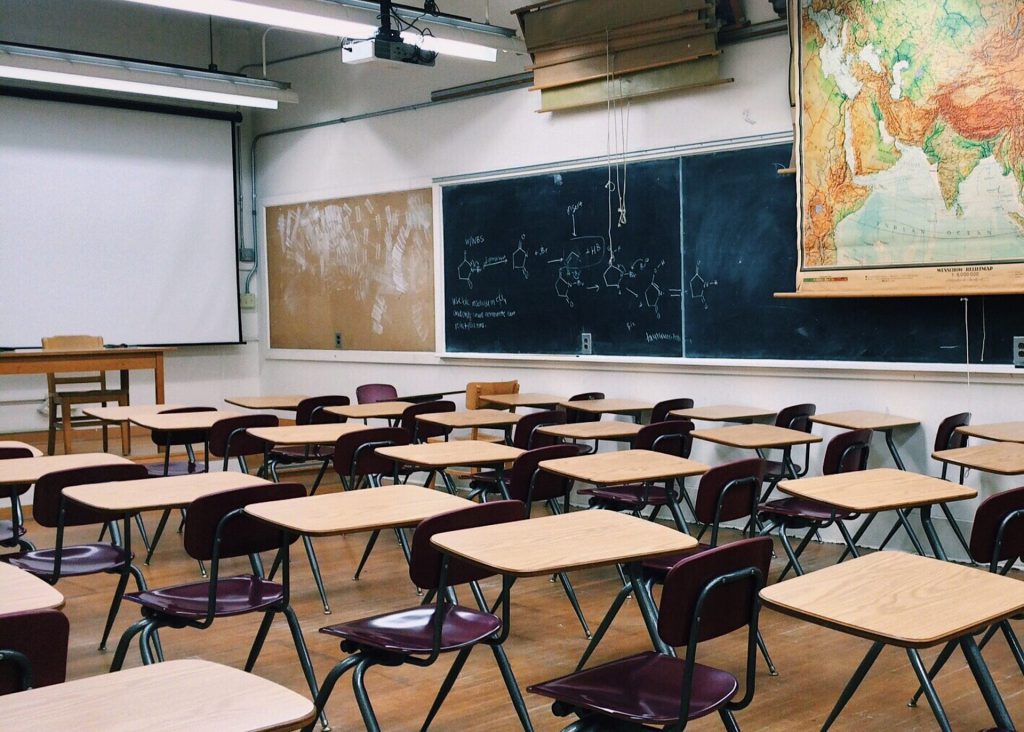
How education differs around the world
Every country has a different approach to education and ideas of the best philosophy for schools and students can vary quite significantly across the globe.
The history and culture of a place can play a huge part in what schooling means to them. Although there are major differences in education around the world there are also similarities, which often show themselves in the shape of the school year and the amount of time that students are expected to attend school for.
Here are a few ways that education in other countries differs from that of the UK:
Japan
School in Japan isn’t compulsory, however, the percentage of students that enroll is about 98%. The country’s education system focuses very much on producing good citizens and it sits as the world’s top performing country for literacy, science and maths. Children are expected to work very hard at school and some even spend evening and weekends having tuition so that they can excel academically. There’s often competition against peers and it’s not unusual for Japanese students to go beyond their school curriculum in order to get answers to difficult questions and gain entry to a good university.
Children are expected to do six years at elementary school and once completed they will go on to do three years at junior high school. Following that they will attend high school and then after that can choose whether they want to continue onto university.
The country is dedicated to moral education and it has now become a prominent subject in the Japanese curriculum. The class includes topics like persistence, compassion and other life skills.
South Africa
In South Africa, they have state-aided schools meaning the schools are not completely funded by the state but parents that have a high income must contribute to their children’s education. Even though this is the case only students that have parents that earn over ten times the yearly school fees must contribute and therefore only 57% of students must pay these fees.
South Korea
Students in South Korea have very long school days and can be at their desks for up to 16 hours. 8am-4pm is the typical school day, however, most South Korean students will go home for dinner and then go to a private school for a further three hours of intensive education.
Children can also spend all seven days of the week in school as there is huge pressure in South Korea to work hard and perform well there are no excuses as far as the South Koreans are concerned. For this reason, interest in extracurricular activities is not feasible, studying takes up all time and energy.
Corporal punishment is still very prevalent in South Korean schools.
Bangladesh
In Bangladesh, a lot of the time students must attend school on a boat. Due to the country’s location, it’s extremely prone to flooding during the monsoon season and 70% of the land area is barely a metre above sea level. In times of detrimental flooding school often must be closed and rather than leaving millions of children without access to education they came up with a solution; schools on boats.
Finland
In Finland, they are committed to ensuring all citizens have equal opportunities when it comes to learning and education. Therefore, almost all Finnish education is paid for by the public and no school fees are required at any level.
Finland’s educational system means that most children don’t actually have to pick up a pen until they turn seven years old. Prior to this, their education is based solely on developing their social skills. Young children will only have short days at school and usually won’t receive homework until they reach their teenage years.
They believe that learning is more important than testing so students only have to take an examination at the end of their general upper secondary education, which then determines whether they can be granted admission to higher education institutions.
